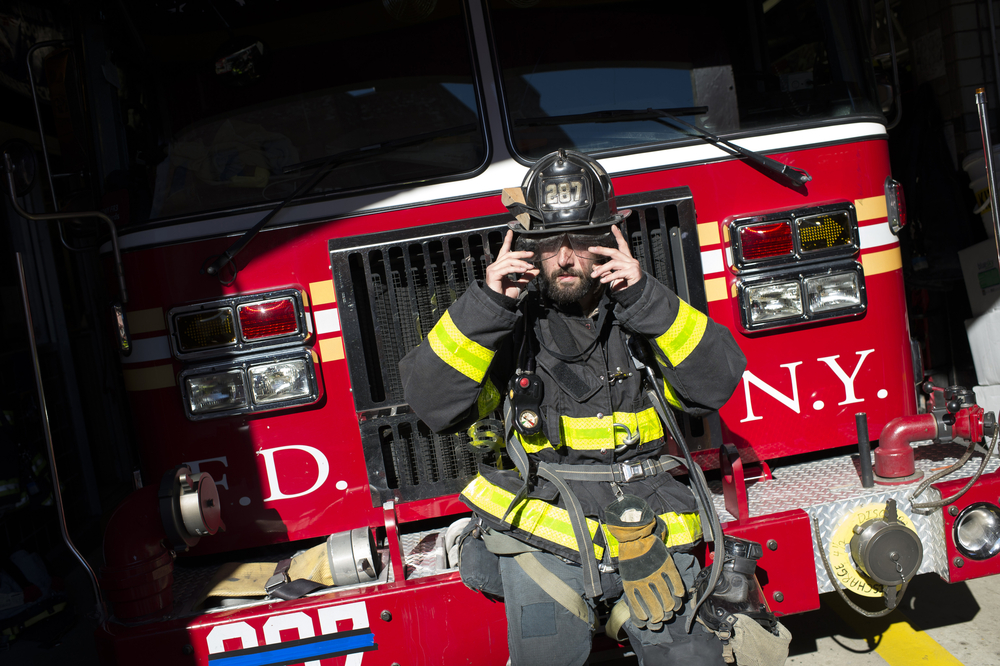Workplace Hazards Account for 30% of Sarcoidosis Cases, Study Suggests

Work-related hazards account for nearly 1 in 3 cases of sarcoidosis, and for at least 1 in 10 cases of other respiratory diseases, including asthma, chronic obstructive pulmonary disease (COPD), and bronchitis, a new analysis suggests.
The analyss, “The Occupational Burden of Nonmalignant Respiratory Diseases. An Official American Thoracic Society and European Respiratory Society Statement,” was published in the American Journal of Respiratory and Critical Care Medicine.
Occupational factors like inhaling gas, dust, or vapors can have a significant impact on respiratory health. Such exposures are related to a wide variety of conditions and diseases.
“The role of occupational factors in most lung disease is under-recognized,” Paul D. Blanc, MD, chief of the division of occupational and environmental medicine at the University of California San Francisco and one of the study’s authors, said in a press release.
“Failure to appreciate the importance of work-related factors in such conditions impedes diagnosis, treatment and, most importantly of all, prevention of further disease,” Blanc added.
To find out exactly how much workplace hazards affect the development of a range of respiratory complications, researchers associated with two respiratory societies — the American Thoracic Society (ATS) and the European Respiratory Society (ERS) — analyzed studies published over the past several decades. The studies focused on the connection between lung disease and work-related hazards.
The researchers did not look at lung cancers, since a relationships between cancer and workplace exposures is fairly well-established. They also excluded conditions that are basically entirely caused by workplace hazards, such as asbestosis, silicosis, and coal workers’ pneumoconiosis (black lung).
One of the diseases investigated was sarcoidosis. The researchers identified seven studies — predominantly case series, which track subjects who have had a particular exposure or treatment — related to sarcoidosis.
In these studies, the estimated occupational burden of sarcoidosis — that is, the percentage of cases attributable to workplace exposures, such as working with metals, in agriculture, or fighting fires — ranged from 0% to 53.8%. By pooling data from all these studies, researchers calculated an overall estimate of 30%, or about 1 in 3 cases of sarcoidosis being attributable to workplace hazards.
Using similar methods, the team also estimated the occupational burden of pulmonary alveolar proteinosis as being 29%, idiopathic pulmonary fibrosis 26%, asthma 16%, COPD 14%, chronic bronchitis 13%, and pneumonia 10%.
The team suggests that a better appreciation of the risks of these diseases will allow for better prevention. Blanc hopes the data “will move policy makers to take seriously the prevention of such diseases” for working people worldwide.






